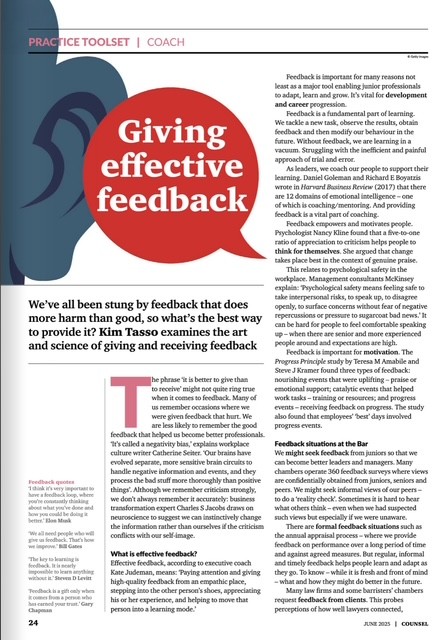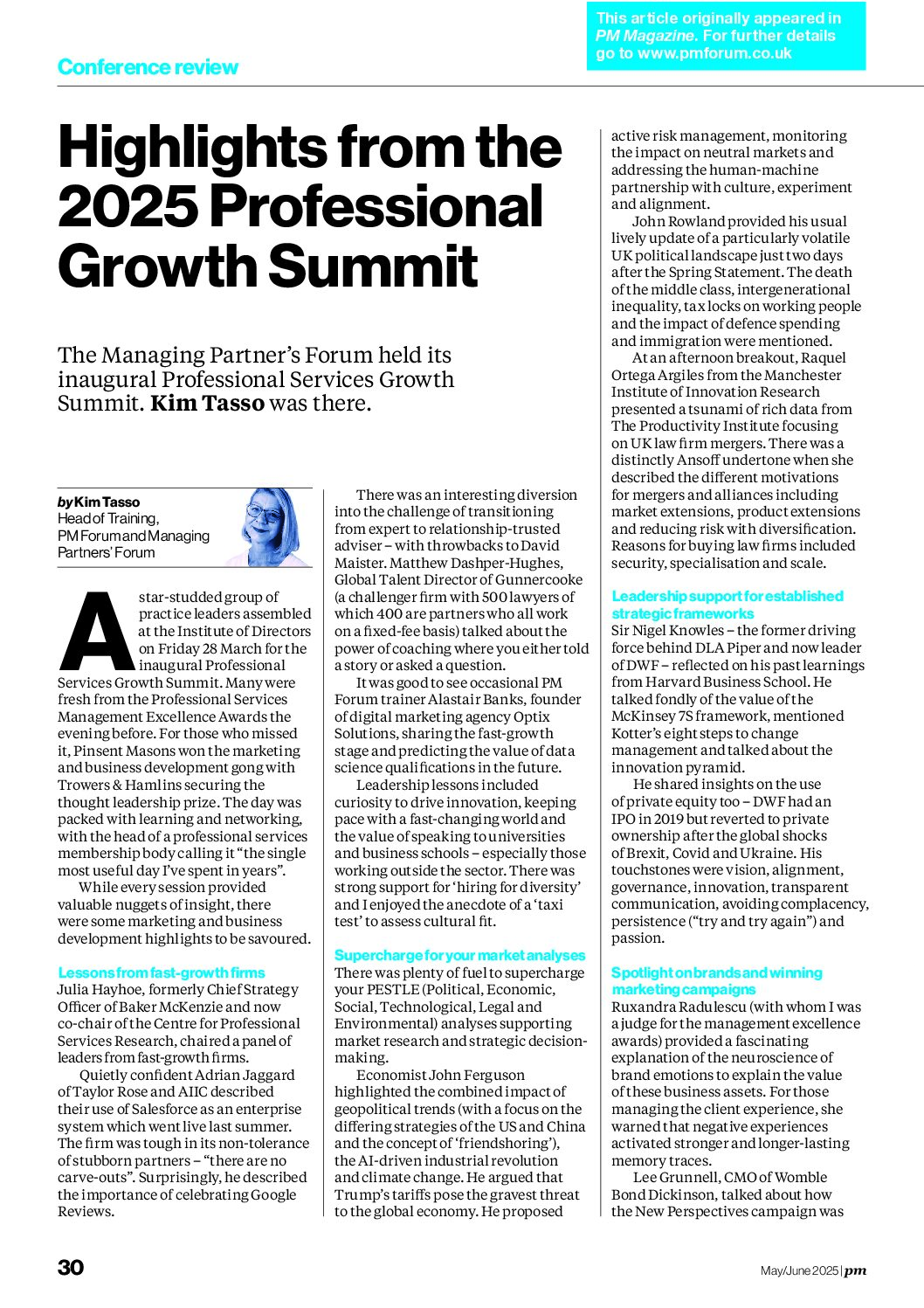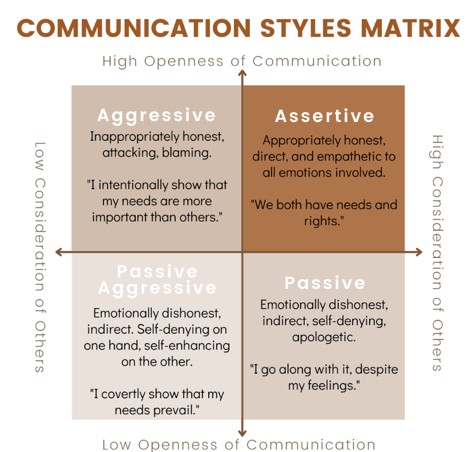
I regularly run training courses – both on public sessions and in-house – on relationship and referrer management. At a recent session presented through MBL Seminars, we explored some of the more popular techniques for relationship and referrer management whether for internal or external referrers.
Piggybacking – Rather than mount an entire campaign on your own, work with your colleagues in other departments promoting other service lines. For example, in law firms promoting litigation and dispute resolution services is a tough gig. People don’t want to learn about these “distress purchase” situations. So a sound strategy for litigators is to piggyback on the marketing and relationship management programmes of their non-contentious colleagues. They arrange for property litigators to work with real estate lawyers and for family lawyers to network alongside their colleagues in the commercial teams.
Ghosting – In the dating game, ghosting is where you meet with someone and then you never hear from them again. They “ghost” you by ignoring any of your calls or texts. You rarely know the reason. This can happen in client relationship management too. You go along to a meeting and have a pleasant chat. But they decline future calls and ignore subsequent emails. This might indicate that during the meeting you were so busy talking about yourself and trying to win work that you failed to think about “what’s in it for me?” for the referrer. An understanding of empathy, rapport building and an effective sales approach can avoid ghosting in the future. http://kimtasso.com/fabulous-first-meetings-16-selling-insights/
Ridealongs – Once you have established a relationship with a referrer it is often useful to meet other members of their team and to introduce them to your colleagues from other departments or service lines. So ridealongs – where you take a colleague to a meeting – can be an effective way of making introductions and expanding your network. In persuasion science, there is value in introducing a different person to the relationship “Evidence suggests that the longer we know someone, the less likely it is that we will be able to accurately predict their preferences. So occasionally invite a colleague who knows a client less well to uncover new information and new opportunities”. http://kimtasso.com/book-review-small-big-small-changes-spark-big-influence-steve-j-martin-noah-j-goldstein-robert-b-cialdini-persuasion-science/
Swapsies – Referrer relationships often rely on reciprocity – people feel more likely to refer work to you if you have referred work to them. So when meeting referrers, be prepared to have some ideas about which clients you might introduce them to. Hopefully, this will encourage them to consider which clients they can then introduce to you. In effect, you swap opportunities. Other ways you can provide value and trigger reciprocity are explored here http://kimtasso.com/referrer-management-what-do-you-do-when-you-cant-reciprocate-work-referrals/
Orange crates – Proximity helps internal cross-selling, When professionals from one team are located close to professionals from another team then naturally they will talk. Rapport, trust, respect and understanding grows during these interactions making people more likely to recommend you to their clients. And passing each other on a daily basis at the coffee machine or water cooler means that you remain front of mind. So get out those orange crates and move your people around so that they get to know people in other departments,
Five-a-sides – While sporting events such as football, rounders, cycling and rugby are a good way to get two firms together for social interaction and to build referral networks it wasn’t quite what I meant. A successful approach to referrer relationship management is to invite five of the people from your firm and five people from the referrer firm and structure a meeting around mutual areas and clients of interest before a social or walkabout.
Storytelling – It is hard for people to remember technical facts and figures about the services provided by professional service firms. Even colleagues in other departments can struggle to describe your services and proposition. However, everyone finds stories easy to remember and share – research shows that they are 22 more likely to be remembered than facts alone. So develop some stories about your clients and the ways in which you have helped them to promote awareness of your services. See http://kimtasso.com/selling-legal-services-storytelling/
Focus – It’s hard for external and internal referrers to remember a long list of services that you can provide. So, bearing in mind your strategy, identify no more than three key areas of work for which you want to be remembered. Ideally, they are areas where you offer a differentiated service for a clear target market. Concentrate on talking about and telling stories about these three key areas. Further information on key messages and “BrandMe” are here: http://kimtasso.com/the-power-of-three-in-personal-introductions-brandme/ and http://kimtasso.com/building-personal-brand-key-person-influence-daniel-priestley/
Future course dates shown here: http://www.mblseminars.com/Outline/Developing-More-Work-from-Referrers-_-Intermediaries/5770/









